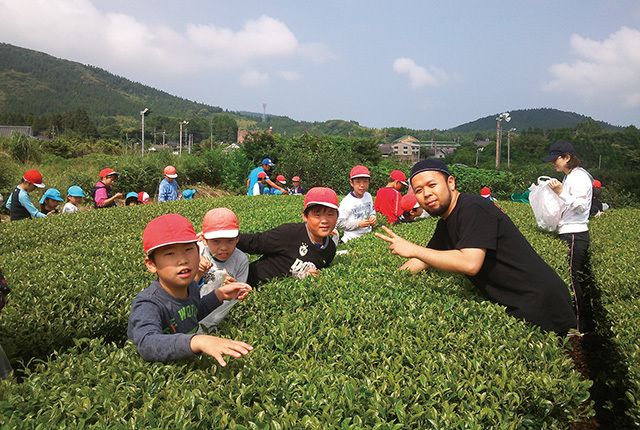The Comprehensive and Progressive Agreement of Trans-Pacific Partnership (CPTPP) and Free Trade Agreement (FTA) with the European Union (Japan-EU EPA) will lower agricultural prices in Japan, according to a report from the World Trade Organization (WTO).
The Japanese government believes that, as a result of the full implementation of the CPTPP and the Japan-EU EPA, there will be decreases in the prices of certain agricultural, forestry and fishery products
A total loss of approximately 110 billion yen is estimated for these products under the Japan-EU EPA, and approximately 150 billion yen under the CPTPP.
The agricultural products expected to be the most affected are pork and dairy under the Japan-EU EPA and beef, dairy and pork under CPTPP.
However, the Japanese government is of the opinion that domestic production volumes and farmers’ incomes will be maintained through government measures.
CPTPP and pork
Coinciding with the entry into force of TIPAT in 2018, Japan increased support for domestic pork producers by expanding the Business Stabilization Measure for Pig Producers (also known as Marukin).
Marukin’s payment system for pork covers 90% of the cost gap.
Pork producers pay 25% of the grant amount from the reserve fund (compared to 50% before the expansion of the system).
Employment in Japan
The number of employees showed an upward trend from 2004 to 2007, decreased from 2008 to 2012, recovered in 2013 and increased from 2014 to 2019.
In 2018, average employment was estimated at 66.6 million, of which 23.5% were employed in mining, manufacturing, and construction, 3.4% were employed in agriculture, forestry, and fishing, and 73.1% in services and other sectors.
In 2018, there were almost 1.2 million commercial farm households (defined as farms of at least 0.3 ha or with annual sales of at least JPY 500,000).
Commercial agricultural households can be classified as: part-time or full-time; or as a business, semi-business or side business.
Even commercial farm households are often small in size; in 2018, the average size was 2.46 ha, compared to an average of 2.2 ha in 2015.
Almost half of commercial farm households are primarily engaged in rice production, and more than half of the cultivated land is devoted to rice production.
Farm households and average farm size, 2015-18
According to the OECD, impediments to consolidating agricultural land include the difficulty of locating owners and the high costs of leasing agricultural land to full-time farmers.
Imports of agricultural products, 2014-18


![]()

